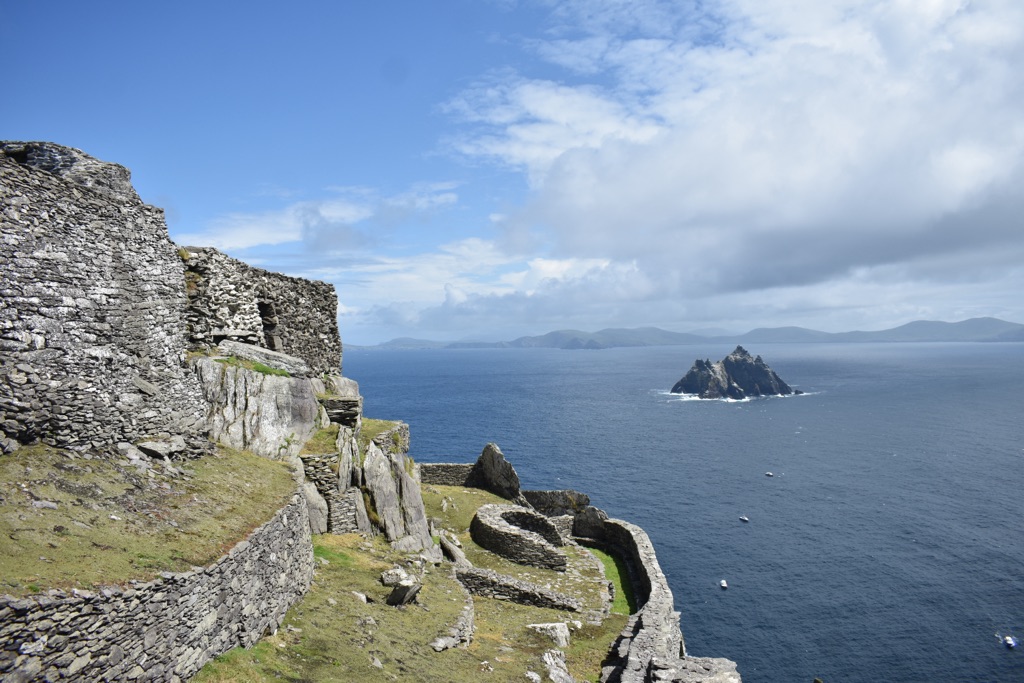Perched on a rocky island off the southwest coast of Ireland, Skellig Michael stands as a remarkable example of early Christian monastic life. This UNESCO World Heritage Site, also known as Great Skellig, is renowned for its well-preserved monastic outpost of the early medieval period. The site exhibits the hermitage and monastic lifestyle of the 6th to 8th centuries. Its remote location and the monks’ ascetic existence are testament to their devout spirituality and resilience. Skellig Michael also gained contemporary fame as a filming location for the Star Wars franchise, which has increased public interest and tourism.
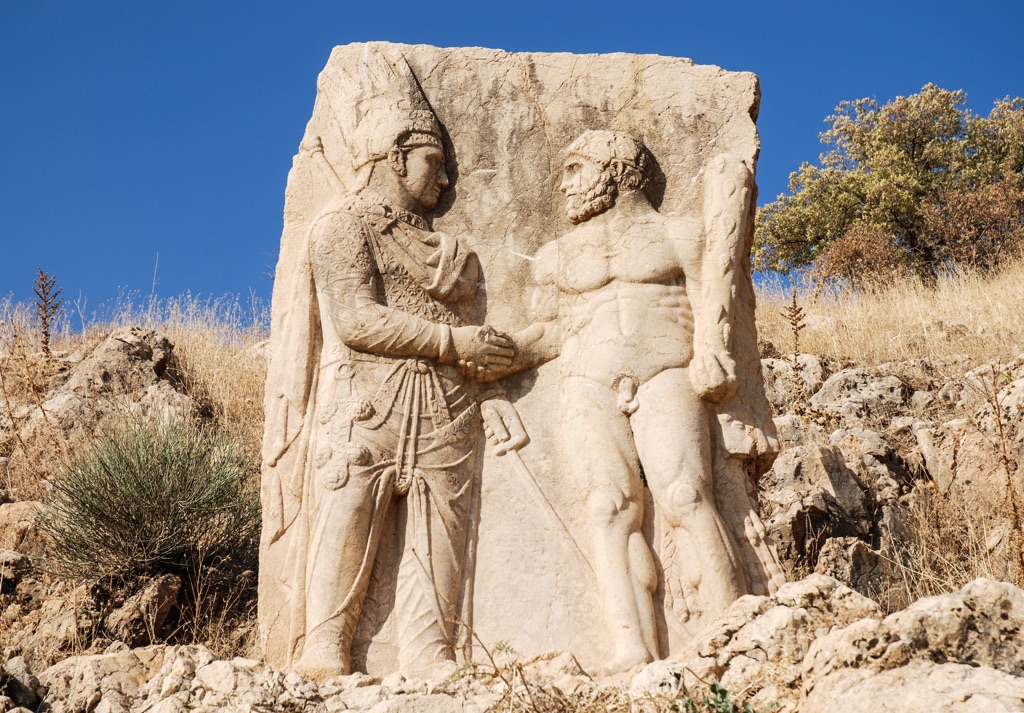
Arsameia on the Nymphaios
Arsameia on the Nymphaios, also known as Arsameia of the Euphrates, is an ancient city located in modern-day Turkey. It was the capital of the Kingdom of Commagene during the first century BC. The site is renowned for its unique blend of Greek and Persian influences, evident in its art and architecture. Among its most notable features are the remains of a royal palace, a tomb-sanctuary, and a series of reliefs and inscriptions that provide valuable insights into the culture and beliefs of the Commagene civilization.
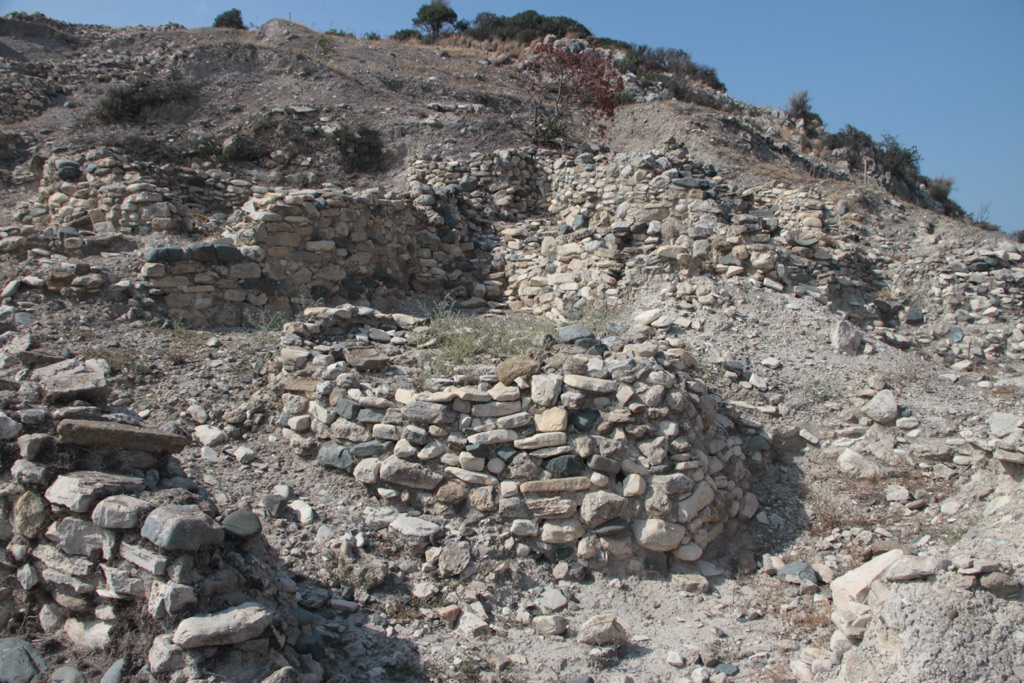
Khirokitia (Choirokoitia)
Khirokitia, also known as Choirokoitia, is a significant prehistoric site located on the island of Cyprus. This Neolithic settlement, recognized as a UNESCO World Heritage Site, offers a window into one of the earliest human civilizations in the Mediterranean region. The site provides valuable insights into the daily lives, structures, and burial practices of its inhabitants. Khirokitia’s well-preserved remains have made it a focal point for understanding the Neolithic period in Cyprus and the broader Near East.
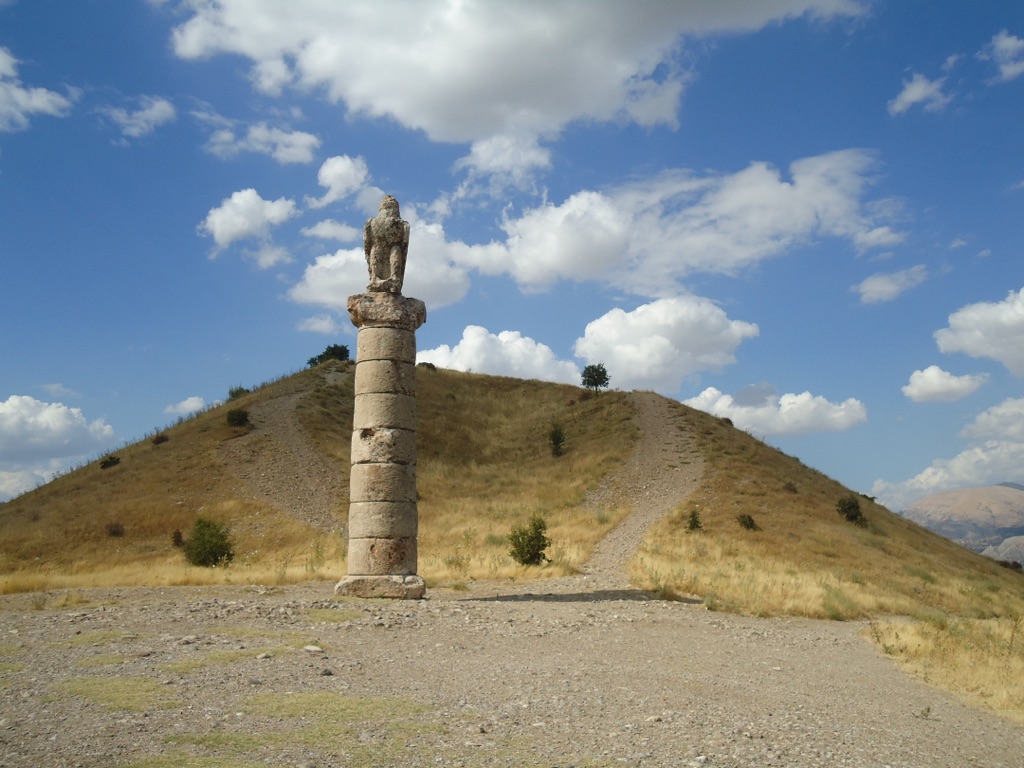
Karakuş Tumulus
The Karakuş Tumulus is a monumental tomb located in Turkey. It dates back to the 1st century BC and serves as the burial site of royal women from the Kingdom of Commagene. The name ‘Karakuş’ translates to ‘Black Bird’ in Turkish, a reference to the column topped with an eagle that once stood on the site. This tumulus is part of the larger network of Hellenistic-era sites in the region, which includes the famous Mount Nemrut. The site features several columns with inscriptions and statues that provide insight into the Commagene civilization and its customs.
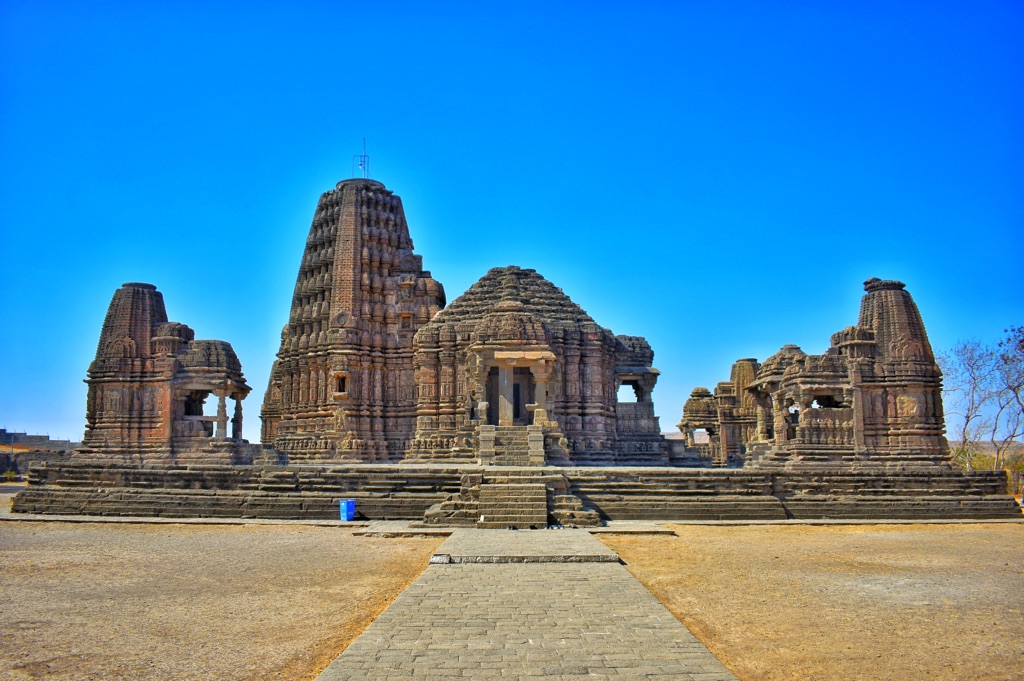
Gondeshwar Temple
The Gondeshwar Temple stands as a testament to the architectural prowess of ancient India. Located in Sinnar, Maharashtra, this temple is a prime example of the Hemadpanthi style of architecture, named after its creator, Hemadri, also known as Hemadpant. Dedicated to Lord Shiva, it is renowned for its intricate carvings and stone construction. The temple complex is a significant historical and cultural landmark, reflecting the religious fervor and artistic skills of the time.
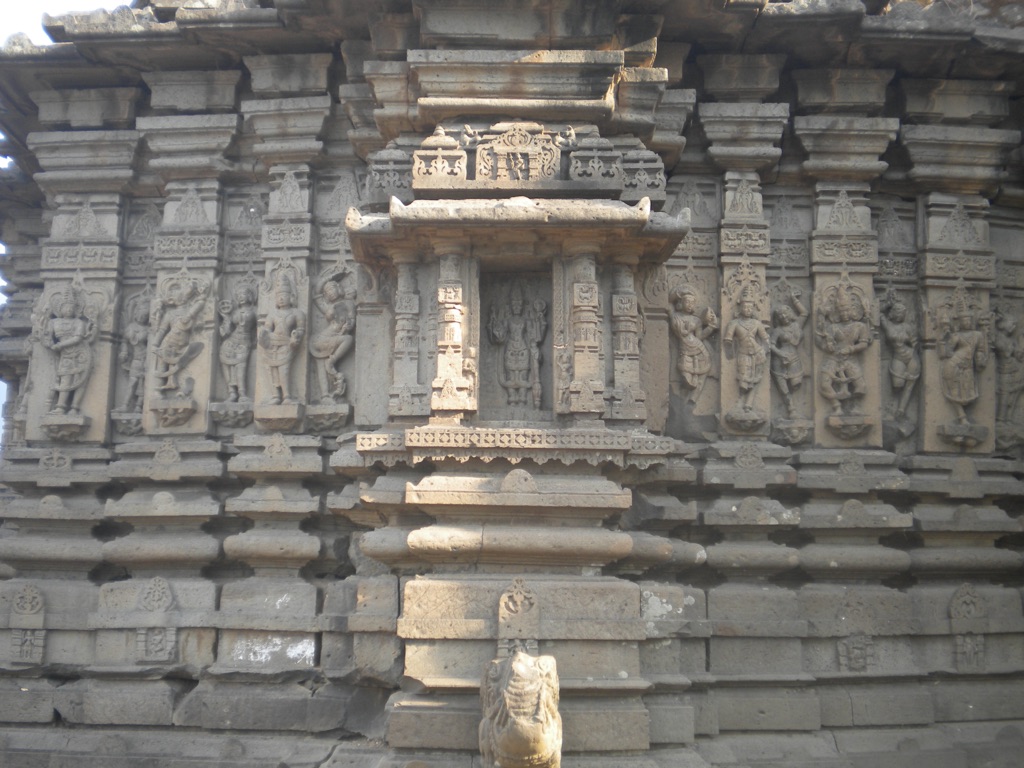
The Kedareshwar Temple
The Kedareshwar Temple, a historical marvel, stands as a testament to ancient Indian architecture and spirituality. Nestled in the Sahyadri range of the Western Ghats, it is part of the Harishchandragad fort complex in Maharashtra, India. This temple is renowned for its monolithic Shiva Linga, which is surrounded by water. The structure’s age and the elements have given it a mystical aura, attracting both devotees and history enthusiasts alike.

